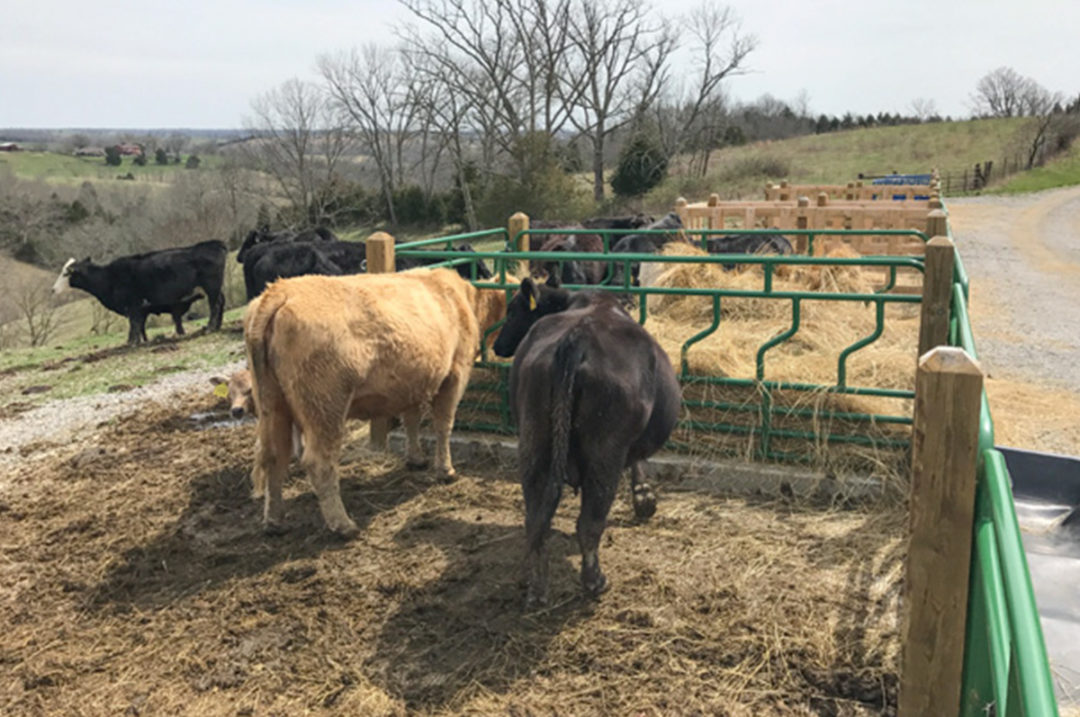1. 4 ways to simplify winter feeding
Wasting feed is a top concern, especially as hay prices go up and supplies run down. Time and labor are also a key factor. The quicker and easier the feeding process is, the better producers can utilize the short daylight hours in the winter.
During the Cattlemen’s College sessions at the 2021 National Cattlemen’s Beef Association Convention and Trade Show, Steve Higgins, director of animal and environmental compliance at the University of Kentucky, outlined some common problems of many winter feeding operations and some systems to simplify them.
Read the full story here.
 Getty Images.
Getty Images.2. Cow-calf theater: How much is for show?
How many cows does it take to make a living off a commercial cow-calf operation? Can 40 cows generate a full-time living? What about 200 cows? Maybe 300?
Based on the University of Missouri Extension’s southern Missouri cow-calf planning budget, a commercial cow-calf operation is generating approximately -$175 per cow for the year when all costs of production are accounted for. So, when a typical cow-calf operation is generating net losses per cow, does it help to have more cows?
Read the full story here.
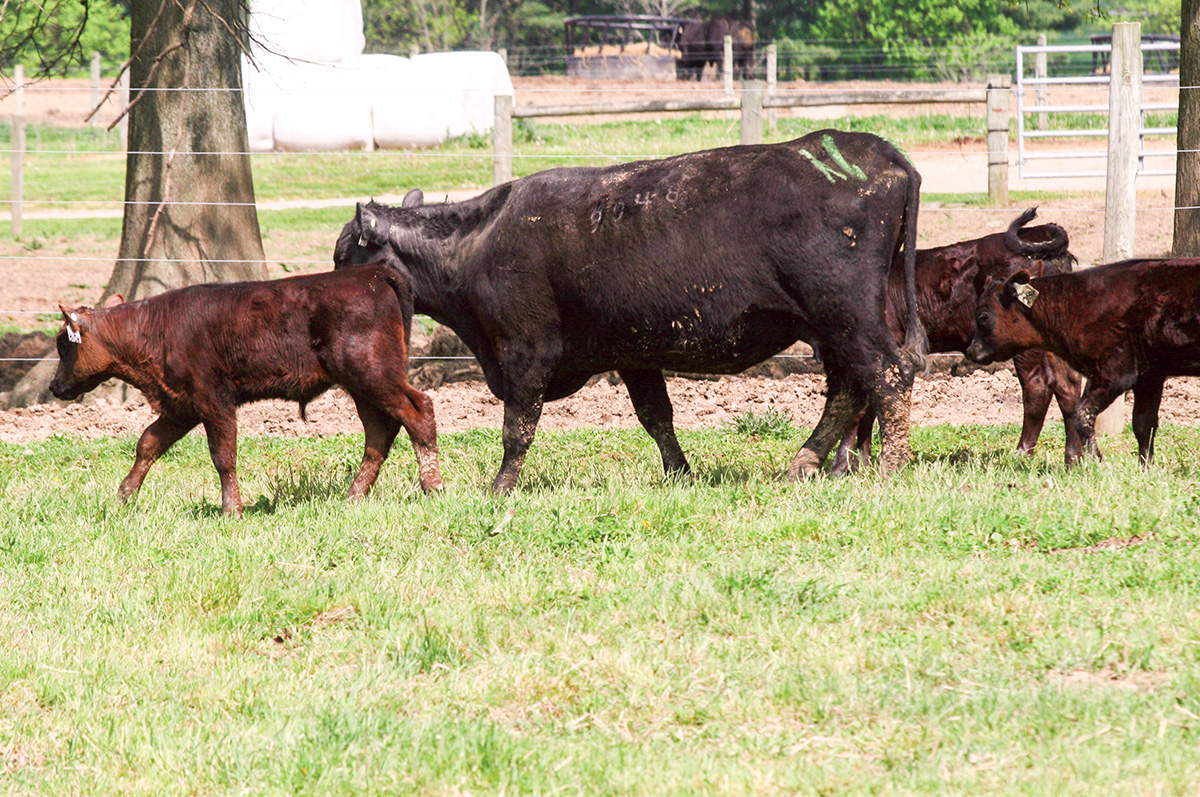 Setting the cow up during the second trimester, especially after her previous calf has been weaned, may be the best time (from an efficiency standpoint) to get condition put back on thinner cows. Photo courtesy of Alltech.
Setting the cow up during the second trimester, especially after her previous calf has been weaned, may be the best time (from an efficiency standpoint) to get condition put back on thinner cows. Photo courtesy of Alltech.3. 3 steps for shortening the calving interval
A key component to productivity and, ultimately, profitability in a cow-calf operation is for each cow to wean one calf per year. Shortening the calving interval through improved management can be advantageous in many ways and can lead to growing the profit potential within your cow herd.
Read the full story here.
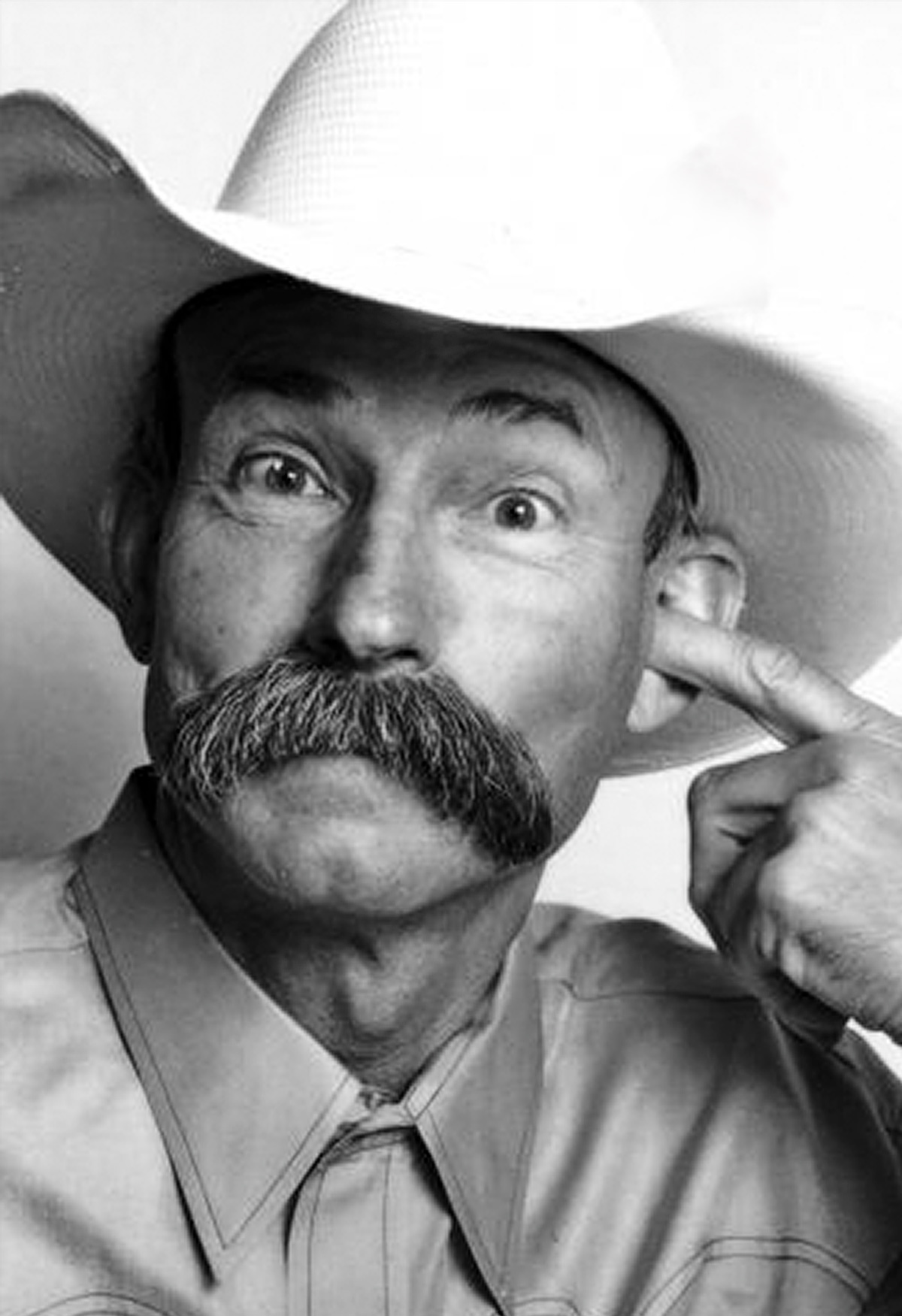 Photo of Baxter Black courtesy of Coyote Cowboy Company.
Photo of Baxter Black courtesy of Coyote Cowboy Company.
4. A tribute to the legendary voice of Baxter Black
Baxter Black’s On the Edge of Common Sense column has been in every issue of Progressive Cattle since our start in 2011. When we learned he would be retiring last year (and not long after, pass away), our team of editors shared some of their favorite pieces from Baxter and his craftsmanlike style to describe life on the ranch.
Read the full story here.
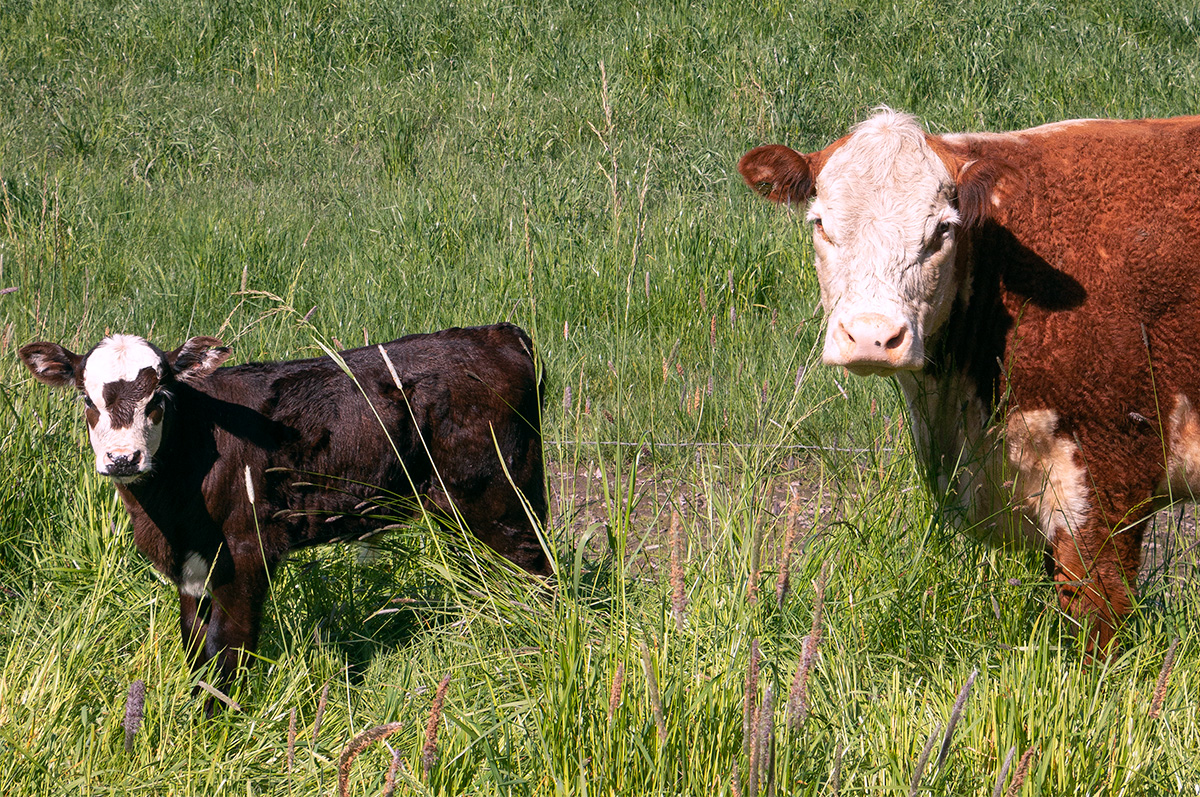 Photo by Lynn Jaynes.
Photo by Lynn Jaynes.
5. What are my options when I am out of grass?
When drought threatens the grazing resources on a cow-calf operation, difficult decisions must be made. The first question that must be answered is, “Should I feed them or sell them?” While there may be options for feeding cattle when grass is limited, the cost of feeding the cattle against the value of the cow-calf pairs must be carefully evaluated.
Read the full story here.
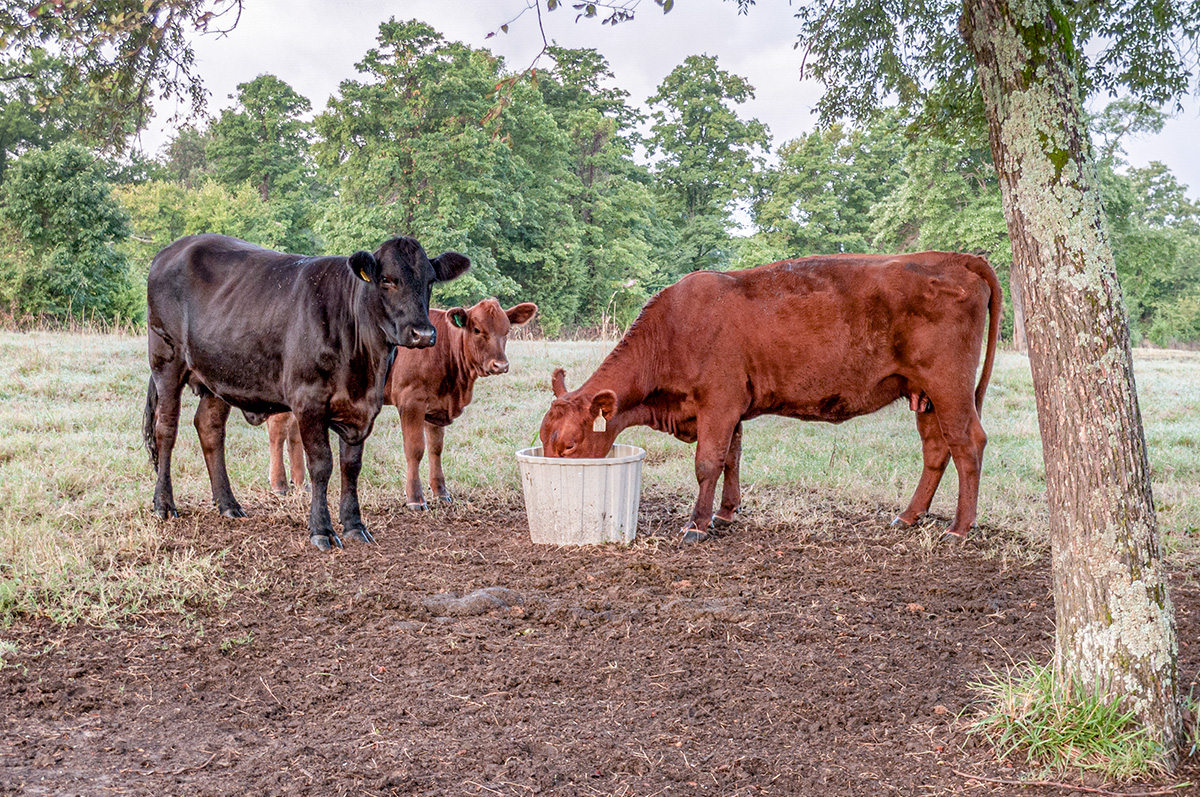 Getty Images.
Getty Images.
6. Feeding supplemental fat to beef cattle
A variety of fat sources exist that can be included in the diets of beef cattle. These include fats originating from either oilseeds and grains, rendered animal byproducts, or yellow grease from the food service industry. Positive effects on feed efficiency and reproduction have been observed, but with feed costs being the greatest expense with raising cattle, price of supplemental fat must be taken into consideration.
Read the full story here.
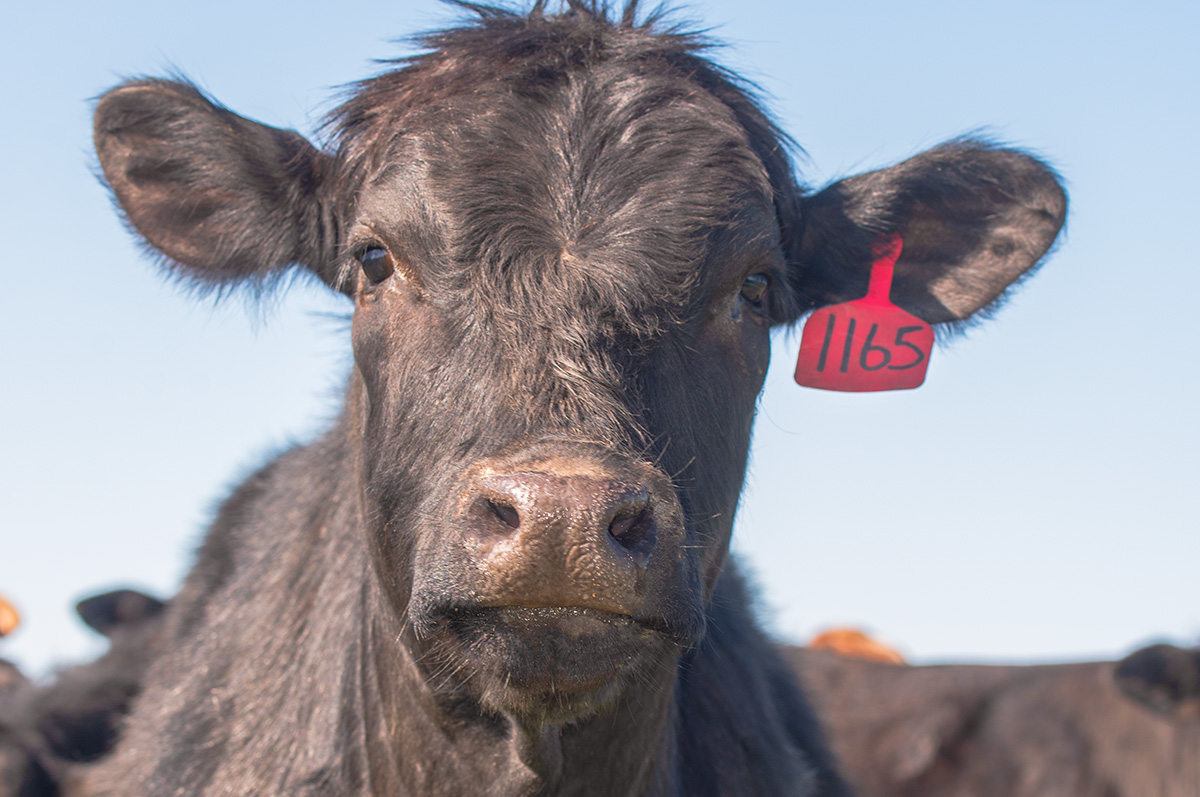 Being able to identify cattle with an individual eartag or tattoo is critical for detailed, accurate recordkeeping. Photo courtesy of Valley Vet Supply.
Being able to identify cattle with an individual eartag or tattoo is critical for detailed, accurate recordkeeping. Photo courtesy of Valley Vet Supply.
7. Best practices for eartag and tattoo equipment and application
Proper individual identification of cattle is important for accurate recordkeeping, allowing producers to make appropriate management decisions, such as targeted nutrition groups or culling. When applying eartags or tattoos, it is important to use the right tools, as well as to follow BQA guidelines for animal and worker safety.
Read the full story here.
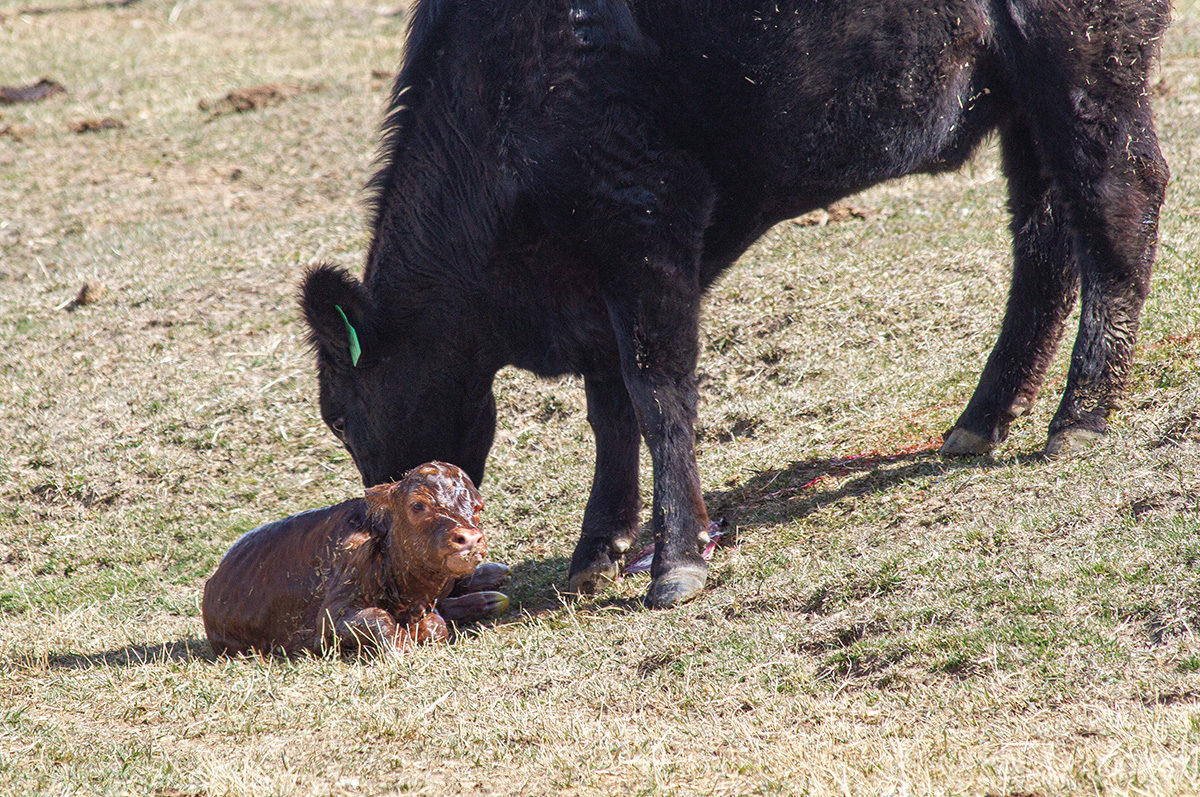 Most calves that don’t receive adequate colostrum in a timely manner will not survive. Photo by Paul Marchant.
Most calves that don’t receive adequate colostrum in a timely manner will not survive. Photo by Paul Marchant.
8. Planning ahead to feed problem newborn calves
Hopefully orphaned or problem calves are not a common or regular occurrence on your operation. Nonetheless, the unfortunate reality is that all operations will experience situations from time to time that require intervention to ensure that a newborn calf gets off to the right start. Maybe a first-calf heifer doesn’t claim her calf. Maybe the calf won’t nurse. Maybe it needs to be moved inside and separated from its dam so it doesn’t freeze. Whatever the reason, it is important to be prepared for such situations before they arise.
Read the full story here.
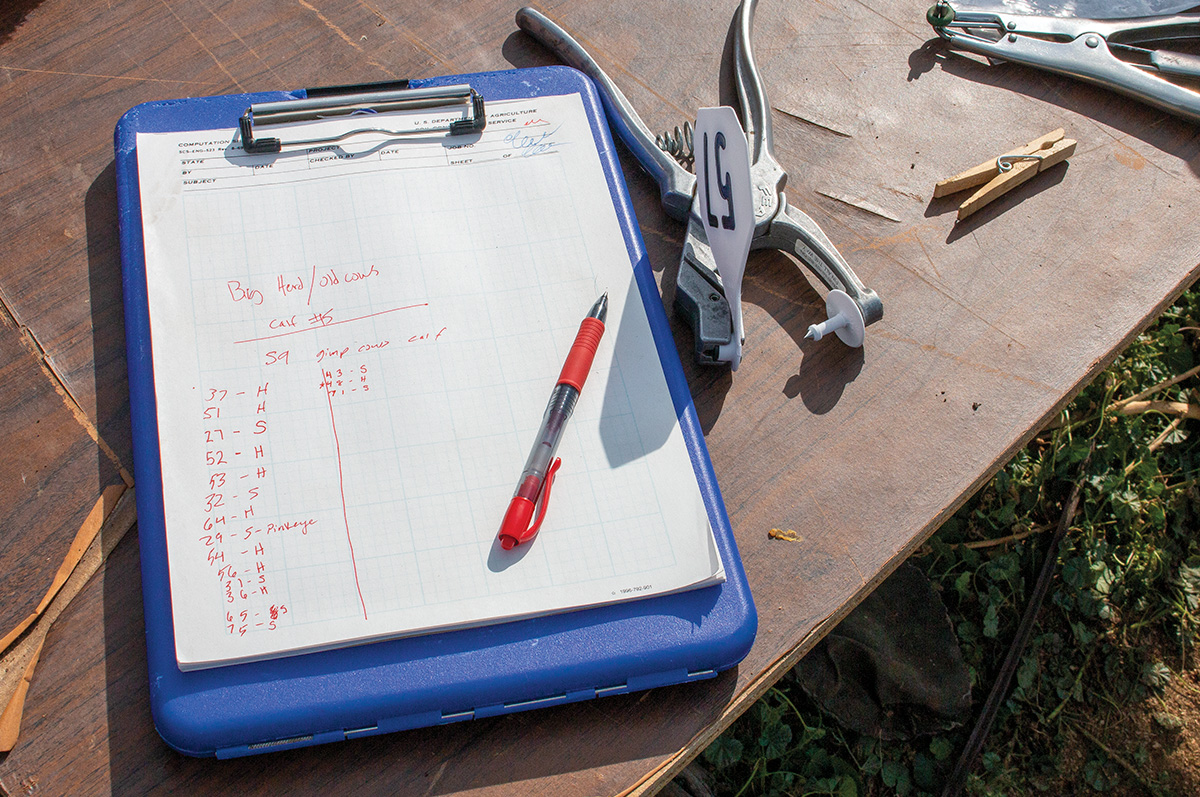 Photo by Carrie Veselka.
Photo by Carrie Veselka.
9. Recordkeeping is a waste of time
Records in raw form are just data. Actual decision-making requires information. Some level of analysis is therefore needed to transform raw records or data into information that can be used for decision-making. If records are being kept to simply write data down and then place it on a shelf or in the back of a desk drawer, then precious time is likely being wasted. However, if records are being used to generate metrics that help plan production decisions, then recordkeeping is a valuable exercise.
Read the full story here.
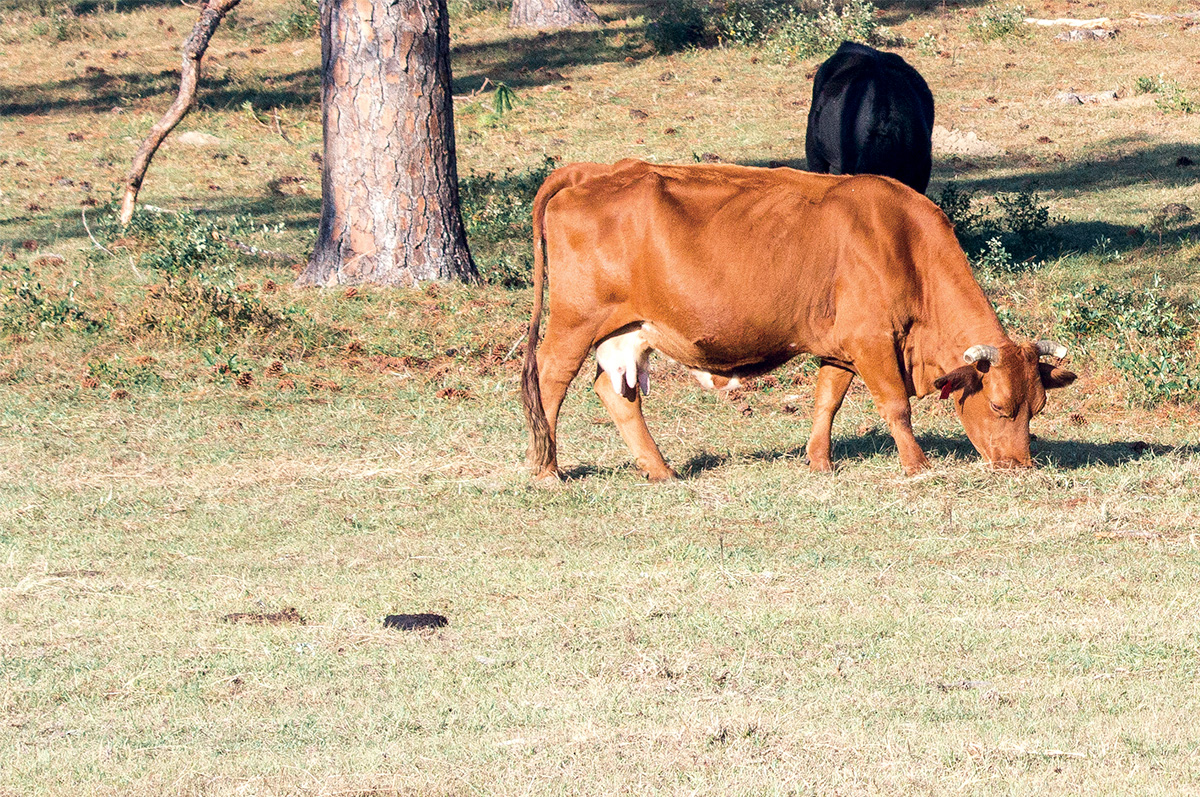 Take the necessary steps to stay prepared for when pastures run dry. Photo by Lynn Jaynes.
Take the necessary steps to stay prepared for when pastures run dry. Photo by Lynn Jaynes.
10. 8 practices for grazing during drought
Drought is a naturally occurring cycle, but man-made droughts caused by poor grazing practices are unfortunately highly common. When these two forms of drought collide, it compounds problems. There are steps to be taken that are free or relatively cheap to alleviate some issues.
Read the full story here.
